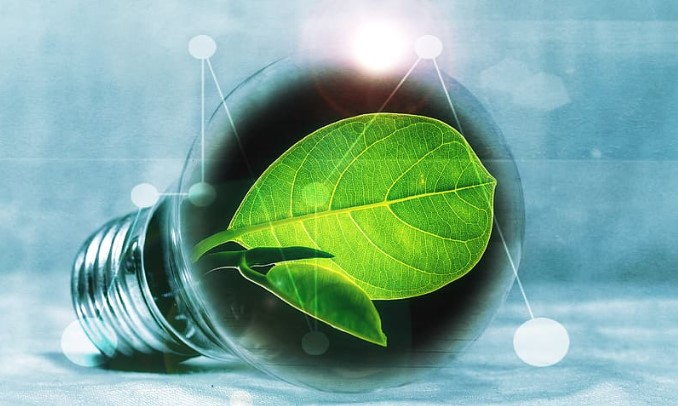Laptops – The Right One to Purchase
When it comes to laptops, it’s all about finding the one that works best for you. Any PC will do office work like word processing, spreadsheets, accessing the Internet, etc. They start at around $300 and go up to $400. If you’re going to be doing any multimedia work such as saving photographs, writing papers with graphics, or watching movies, be sure it has a CPU that can handle it.
If this is the case, you’ll need to budget an additional 500-600 dollars. It goes without saying that if you’re going to use your computer to do any of these things, you’ll need a high-performance graphics card with dedicated RAM and enough space on your hard drive (at least 1 TB). If this is the case, be ready to shell out at least $800. You can buy laptop uk now online.
Hard drive or Solid State Drive (SSD)
While hard drives haven’t completely vanished, solid-state drives (SSDs) are already taking over. Flash-based storage systems provide a number of advantages, and this one should not be underestimated. It’s smaller, lighter, and less prone to failure than a traditional hard drive, and it may save you a substantial amount of time by accessing data more quickly.
Copies of files proceed considerably more quickly, as do launches of apps, opening of documents, and booting up the machine. SSDs, on the other hand, have a significant drawback: a finite amount of storage space. There aren’t many consumer versions available with more than 256 GB of storage. Because of this, it should ideally be connected to a larger hard disc. You’ll have the SSD’s speed and the hard drive’s storage capacity in one device.
The Graphics
For the most part, Intel and AMD CPUs come with integrated graphics hardware that’s more than adequate for everyday work and light gaming. A laptop with an additional graphics circuit and dedicated RAM is recommended if you want to do intensive graphic work like image processing or video editing. With this setup, you’ll be able to play 3D games. High-end gaming setups are available for those who enjoy the newest 3D games.
Ram
You need to plan ahead of time so that you don’t have to worry about running out because it’s nearly hard to add extra after you’ve started. While 4 GB of RAM would enough for most office tasks, 8 GB of RAM will put your mind at ease.
Where to Find It
Make sure the PC has HDMI and at least 3 USB ports for transferring images and sound (including a USB 3.0 port, faster than USB 2.0, and within the latest generation USB 3 Type-C socket possible).
An SD card reader might be beneficial, especially if you want to upload the images shot with your camera to your computer. An Ethernet port is also an advantage (Gigabit Ethernet is quicker than 10/100). Wi-Fi ac is the best option for Wi-Fi (faster than Wi-Fi n). Streaming music to a Bluetooth speaker is possible via a Bluetooth connection.
The Working Memory
Memory is measured in gigabytes (GB). This is the short-term memory of the computer. This translates to 8 GB of RAM on the laptop. When someone says “GB,” they’re talking about gigabytes.
In the memory, data and programs are temporarily stored while the processor works on them. Until the processor has finished processing them, they’ll remain there. After then, they’re erased once again by the system. All of this data will be erased if you shut down your PC.
The Ease Of Use is Influenced By a Number Of Factors.
First and foremost, we have the display. If you want matte or shine, that’s OK. The same may be said of the scale. It’s hard to go wrong with a 15-inch screen, but a 13-inch laptop is a far more portable. Choose a Full-HD screen if at all feasible, and make certain that the screen’s maximum brightness is adequate. If you use it in a bright environment or outdoors, you may encounter problems with reflections.

Read More – Your Selections for the Smartwatches – Get the Best Now






